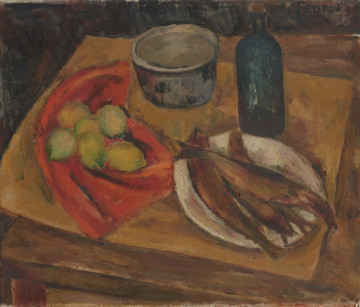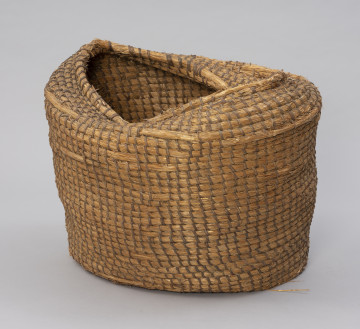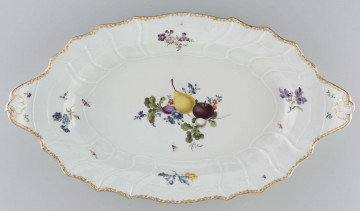
Still life
około 1930
National Museum in Szczecin
Part of the collection: European classics of modernity
Józek Pankiewicz played a vital role in the changes in Polish art at the turn of the 19th and 20th centuries. He received his education at the Warsaw Drawing School under Wojciech Gerson and Aleksander Kamiński and later at the St. Petersburg Academy. He was strongly associated with Paris. In the last decades of the 20th century, he travelled a lot to France, Italy, Holland, Belgium, Germany and Austria. In 1906, he became a professor at the Academy of Fine Arts in Krakow. He travelled to France during the holiday period. He spent the years of the First World War in Spain and then returned to Kraków, where he was a committed pedagogue. He influenced the artistic attitudes of several generations of artists. He instilled in his pupils both painting techniques and artistic culture. The Paris Committee, an aid organisation for students leaving to study painting in France, established by Pankiewicz in 1923 at the Academy of Fine Arts in Kraków, has gone down in art history. The circle gave rise to Kapism (or Colourism), which took its name from the letters K.P. for the Polish abbreviation of the Paris Committee. A focus on colour characterised the Kapists’ work as the primary means of expression. The painting Martwa natura [Still Life] in the collection of the National Museum in Szczecin was painted around 1924, exactly when the Paris Committee was established. It was a time when Pankiewicz returned to the traditional aesthetics of old art. He turned again to direct observation of nature and attempted to record it. The primary source of inspiration was the galleries of the Louvre. The painting from the Szczecin collection manifests it by realistic representation. At this point, the still life we are interested in draws attention to its rather loose composition; all the objects are arranged as if at random. These are also attributes associated with Mediterranean cuisine (aubergines, artichoke, oil, etc.). Everything is arranged on very light-coloured crumpled paper, which stands out from the composition.
Beata Małgorzata Wolska
Author / creator
Dimensions
cały obiekt: height: 50,5 cm, width: 65,5 cm
Object type
painting
Creation time / dating
Creation / finding place
Identification number
Location / status

około 1930
National Museum in Szczecin

1900 — 1950
National Museum in Szczecin

1745 — 1750
National Museum in Lublin
DISCOVER this TOPIC
National Museum in Lublin
DISCOVER this PATH
Educational path